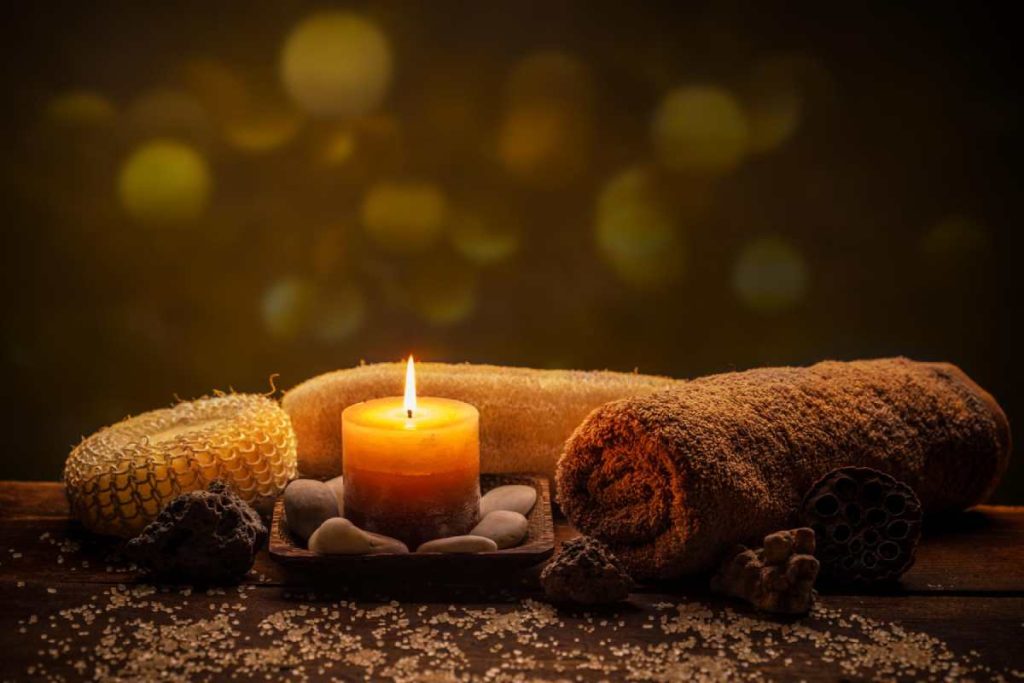Deep Cleansing Effects of the Traditional Hammam
One of the most praised aspects of the Traditional Hammam is its ability to deeply cleanse the skin. Through steam, exfoliation, and warm water rituals, a Traditional Hammam removes layers of dead skin and impurities. This results in glowing, refreshed skin that feels softer and smoother, far beyond what everyday cleansing can achieve.
Detoxification Through the Traditional Hammam
A key benefit of the Traditional Hammam ritual is full-body detoxification. The intense heat and steam open pores, allowing sweat to flush out toxins. As your body releases impurities, you feel lighter and more balanced. A Traditional Hammam stimulates the lymphatic system and promotes overall internal cleansing in a natural, non-invasive way.
Improved Circulation from the Traditional Hammam
The warmth of a Traditional Hammam helps to dilate blood vessels and improve circulation throughout the body. Increased blood flow brings oxygen and nutrients to the skin and muscles, aiding in healing and renewal. Regular visits to a Traditional Hammam can contribute to cardiovascular health and better overall energy levels.
Muscle Relaxation and Pain Relief via Traditional Hammam
If you’re seeking natural relief from tension or soreness, a Traditional Hammam is highly effective. The heat relaxes tight muscles while the scrubbing and foam massage relieve physical stress. Many people use the Traditional Hammam as a recovery method after workouts, long flights, or physically demanding days.
Stress Reduction with the Traditional Hammam Ritual
The Traditional Hammam is not just for the body—it benefits the mind as well. The quiet, steamy environment creates a meditative state that reduces anxiety and mental fatigue. As you unwind during each step of the Traditional Hammam, your nervous system calms, allowing mental clarity and emotional balance to emerge naturally.
Skin Rejuvenation from the Traditional Hammam
A Traditional Hammam leaves your skin visibly revitalized. Exfoliation removes dullness, while hydration from the steam enhances softness. Over time, regular Traditional Hammam sessions can improve skin tone, reduce acne, and give your complexion a healthy, youthful glow. It’s a natural skincare solution rooted in centuries of tradition.
Conclusion
The Traditional Hammam ritual is more than a wellness trend—it’s a time-tested practice with profound benefits. From detoxification and improved circulation to mental clarity and radiant skin, the Traditional Hammam supports your entire being. Whether as a weekly habit or occasional treat, it offers physical, emotional, and spiritual rejuvenation that modern spa experiences often cannot match.
Frequently Asked Questions
- What is a Traditional Hammam?
A Traditional Hammam is a steam-based cleansing ritual rooted in Middle Eastern and North African traditions. - How often should I visit a Traditional Hammam?
A Traditional Hammam can be enjoyed once or twice a month for optimal benefits. - Is the exfoliation in a Traditional Hammam painful?
The exfoliation is firm but not painful. The Traditional Hammam process is adjusted to your comfort level. - Can I go to a Traditional Hammam if I have sensitive skin?
Yes, just inform the staff so they can adjust the Traditional Hammam pressure and products used. - What should I bring to a Traditional Hammam?
Most Traditional Hammam facilities provide essentials, but bringing flip-flops and extra undergarments is helpful. - Are there private sessions available?
Yes, many Traditional Hammam spas offer private or couples’ rooms for a more personalized experience. - What are the main health benefits?
The Traditional Hammam supports detoxification, circulation, stress relief, and skin health. - Do men and women use the same areas?
Most Traditional Hammam spas separate men’s and women’s sessions or spaces. - Can I eat before a Traditional Hammam session?
Eat something light before your Traditional Hammam to avoid feeling heavy or dizzy. - Is it okay to talk during the ritual?
Silence is encouraged in the Traditional Hammam to enhance relaxation and mindfulness.
